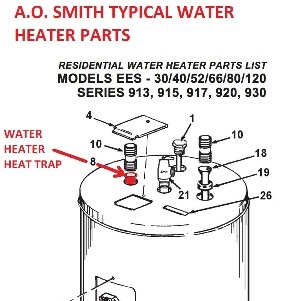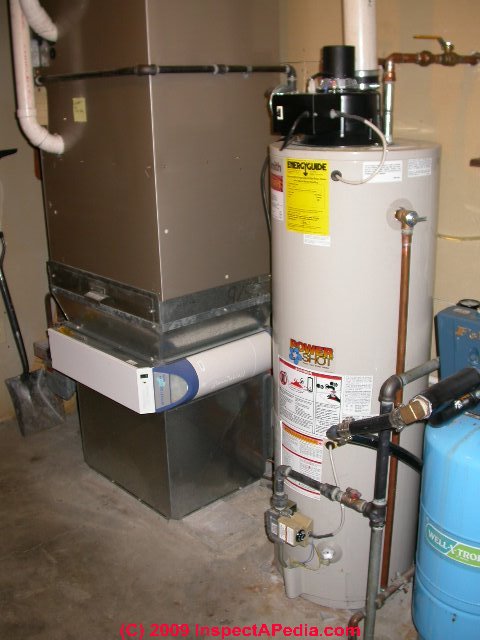Water Heater Boom Sound

When the element is off the caked sediments trap water beneath them and the water heats until it makes a cracking or popping sound as it is forced through the deposits.
Water heater boom sound. It s just like if you had a water filled covered pot on a hot stove. I went in the attic and did not smell gas and the heater sounded as if it was working. This often sounds like a percolating coffee maker. Clicking sounds in the water heater or geyser.
Since i am a widow and 66 y o i called my neighbor after the second boom sound and he came over and turned it off. If your electric water heater is making a popping noise there s a good chance that the sediment build up at the bottom of the tank has buried the lower heating element. Crackling popping and rumbling. Sediments collect around the element tubes of a water heater.
Last night my 50 gallon hot water heater made a loud boom noise. When the heater makes hot water the liquid expands and passes through the debris. The stove would heat the water causing it to bubble and push the lid up. Similar to a popping sound your water heater making gurgling noise is more than likely due to mineral buildup in the bottom of the tank.
When this happens you will notice a rumbling sound especially when the water moves through the dirt. Probably thermal expansion among water heater parts or hot water distribution piping. If you can notice a rumbling in the tank this means that you might have a large amount of dirt in the heater. When that gas burner heats the water it boils and bubbles up until boom it escapes the sediment layer.
Modest water heater clicking or tapping sounds may be considered normal if they re occurring in a heat trap installed in the hot water supply piping above downstream from the water heater itself. The water coming out the tub faucet looked dirty and when it drained out of the tub there was a gray soot looking residue in the tub. This could mean you have excess calcium magnesium and other trace amounts of other materials which have settled at the bottom of your water heater.














































